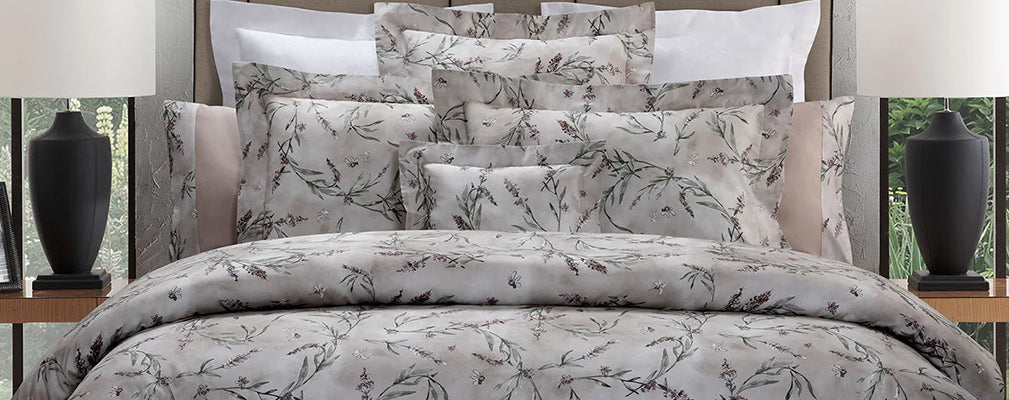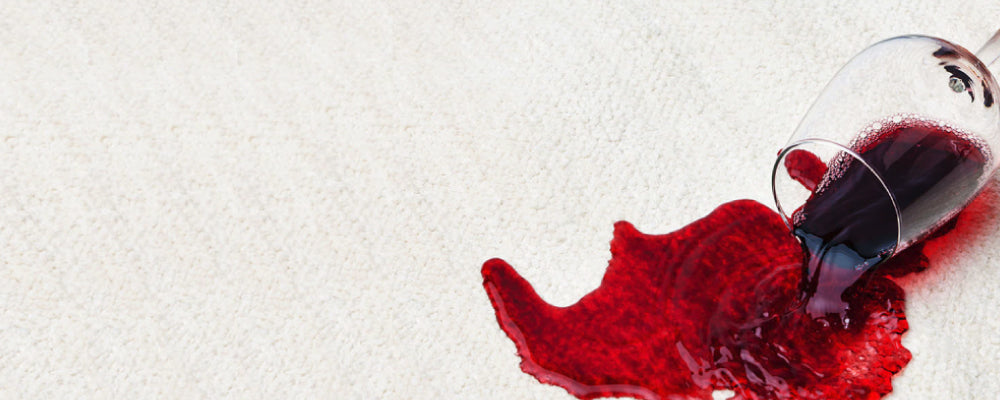Have you ever found yourself almost lost in front of the piles of dresses, suits, sweaters, and shirts swallowed up in the maze of your closet?
Whether it's the change of season or just because you've reached the point of no return, there comes the fateful moment of tidying up that you've been putting off for as long as possible.
So here are tips and tricks for putting the art of decluttering into practice by getting rid of the superfluous and making room for the new.
Decluttering: meaning and benefits
To 'de-clutter' means to get rid of what clutters and creates clutter. The practice of decluttering is inspired by the principles of Feng Shui and, above all, the Taoist doctrine, which suggests that the clutter created by the accumulation of unnecessary objects prevents the proper flow of positive energies by creating a barrier.
Beyond the Taoist religious conception, it is undeniable that putting things in order provides satisfaction and affects well-being. And the benefits do not end there. First of all, a tidy and clutter-free space is much easier to clean, allows you to have things in sight, and easily find what you are looking for without wasting too much time.
It also allows you to free up space by making room not only for clothes but also for household linens.
The practice of decluttering was brought to prominence by Marie Kondo, an internationally recognized 'tidying expert' and creator of the equally famous KonMari method. Centered on a series of tips, this method helps individuals get their homes in order in a simple and effective way.
Decluttering, strong in its philosophical-religious imprint, is also a state of mind and an attitude against the superfluous. Instead of enriching you, it creates clutter, confusion, and anxiety. The crux is to get rid of what you don't really need in order to make room for what is truly necessary.
Decluttering can be applied to everything and every room: the bathroom, kitchen, shoe rack, and makeup. However, the closet is definitely one of the most important areas to start tidying up.
How to make order in a few moves
Do not fall into the mistake of believing that decluttering means indiscriminately getting rid of everything. The goal is one and only one: to eliminate the superfluous under the banner of a minimalist, chaos-proof wardrobe.
Here are some very simple steps to follow that will make the task much easier for you!
The first step to tidying up is to create space! Completely empty your closet by taking everything out and storing it on the bed. You will be quite amazed at the items that will "resurface from the bottom" that you no longer even remember having!
The second step is to separate things and categorize them, grouping shirts with shirts, sweaters with sweaters, accessories with accessories, etc., so that you have an immediate view of what you own. Take advantage, of course, to clean and sanitize (when will you ever see the inside of your closet so clear?).
The third step is the one that requires the most "emotional" and decision-making effort: choosing what to keep and what to discard. To help you make this decision, it's advisable to use the four boxes method by dividing your possessions into groups and placing them in designated boxes.
The aforementioned Marie Kondo suggests keeping only what brings us joy, but beyond her wise advice, one must ask the right questions. Does this dress still fit me? Does it match my current taste and style? Is it still in good condition, or is it stained or too worn? Can it be repaired, or can it be useful to someone else?
The method of the four boxes
At this point, divide your clothes, accessories, and household linens into four boxes:
- Box 1: all the items you have decided to keep.
- Box 2: everything that cannot be salvaged due to extensive damage or wear.
- Box 3: items that can be repaired or repurposed through upcycling and recycling methods, giving them new life (e.g., old towels for reuse, sheets for recycling, jeans for rehemming, belts for additional holes).
- Box 4: items that can be given away, sold, or traded through various channels, such as swap apps, flea markets, donations, or specific associations.
At this stage, your closet decluttering is complete, and you can proceed to organize your closet using the KonMari method. This method offers useful tips on folding items to maximize space efficiency.





